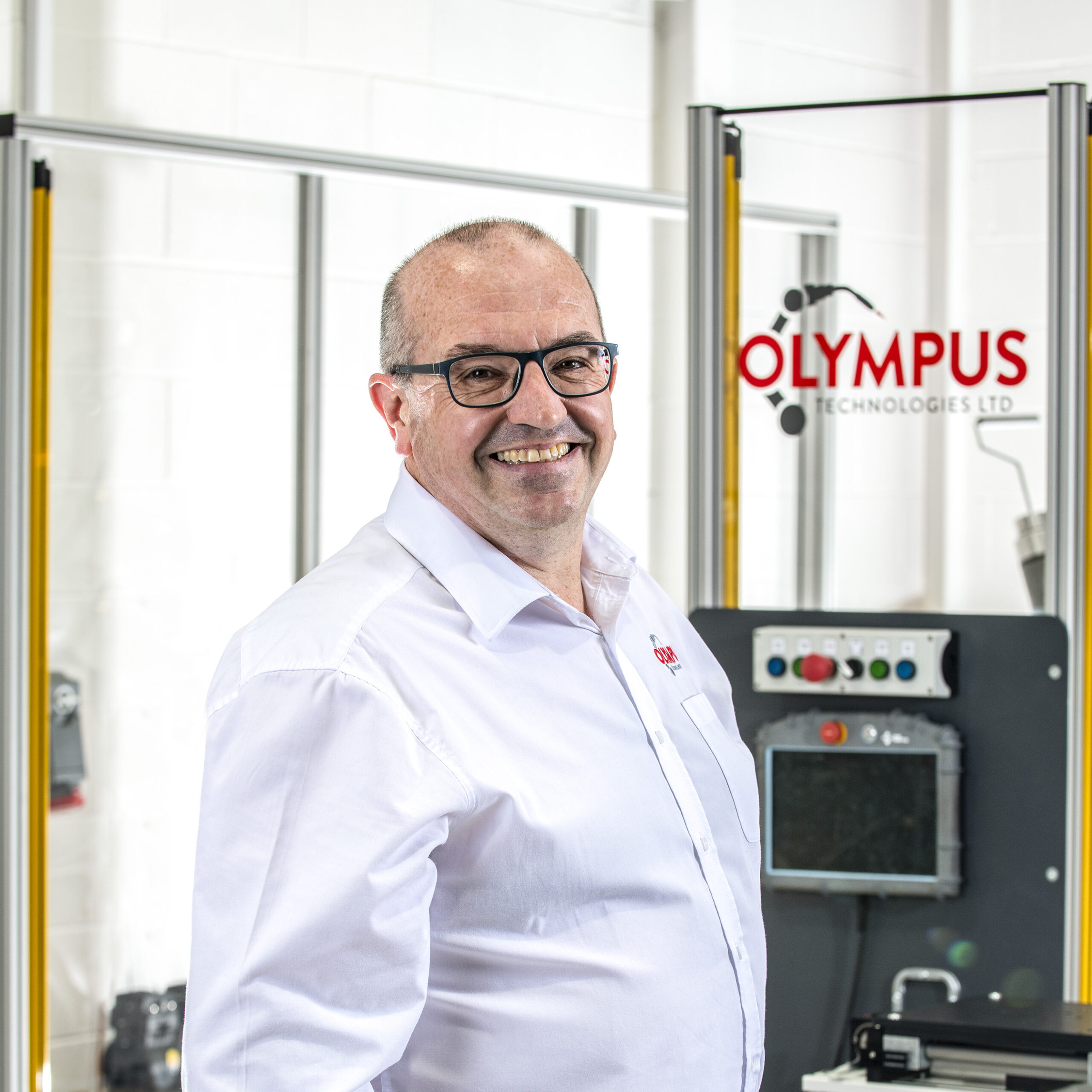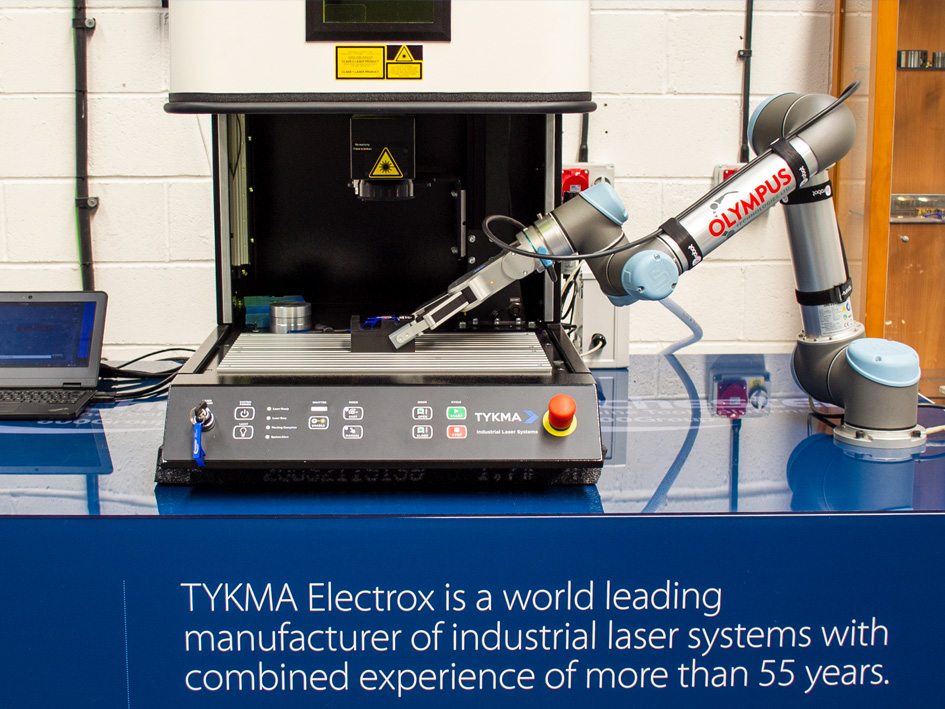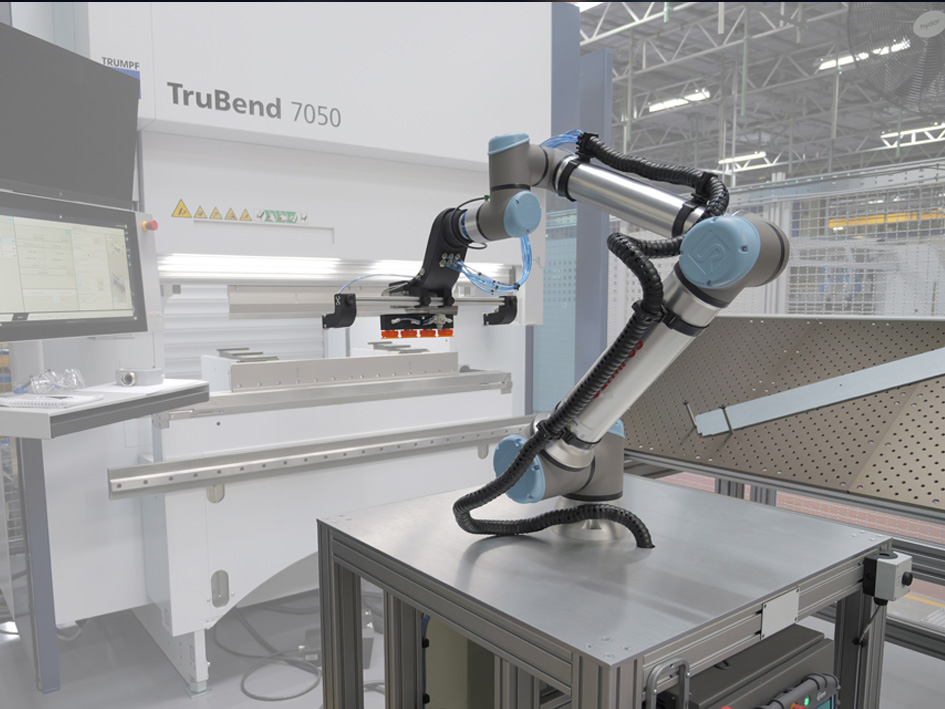From Manual Work to Smart Dispensing Systems
Manual application of fluids and adhesives introduces variability that today’s manufacturing processes can no longer afford. Whether you’re assembling PCBs or sealing automotive panels, accuracy, speed, and consistency are essential. This is where automated dispensing systems provide a clear advantage.
By reducing human error, streamlining the production process, and delivering consistent quality, automated dispensing now plays a key role across various industries. Below, we explore what a dispensing system is, why it matters, and how a tailored automation solution can help improve your operation.
What Is an Automated Dispensing System?
Understanding the Core Components
A modern dispensing system is built to dispense fluids, adhesives, or similar materials with precision and control. Its primary components typically include:
- Jet valves for high-speed, contactless application
- Control systems for timing and volume regulation
- Robots or gantries for movement and positioning
- Sensors that monitor for blockage or volume errors
These systems enable accurate application while minimizing waste and improving repeatability.
Key Functions and Capabilities
Today’s automated systems are designed for:
- Precise dosing across all target surfaces
- High-speed performance that keeps up with modern production lines
- Flexibility in handling different materials, from solder paste to sealants
Why Precision Matters in the Dispensing Process
Reducing Errors and Material Waste
Manual dispensing often results in overuse, rework, and longer cycle times. Automation reduces these risks, cuts scrap rates, and improves throughput.
Delivering Uniform Results
In the automotive industry, electronics manufacturers, and life sciences, precise application is critical. Automated dispensing systems apply uniform quantities, helping manufacturers meet strict specifications.
Meeting Industry Standards and Tight Tolerances
Whether handling micro-components or large assemblies, automated dispensing solutions help maintain accuracy. Every droplet, line, or bead is delivered within tolerance, improving product quality.
Where Automated Dispensing Systems Are Used
Automotive
Automation supports tasks like:
- Bonding panels
- Sealing seams
- Applying coatings under the vehicle
Electronics Manufacturers
For miniaturized components, precision is non-negotiable. Systems in this sector typically:
- Apply solder paste on circuit boards
- Dispense thermal materials
- Encapsulate delicate assemblies
Life Sciences and Medical Devices
In sterile environments, dispense fluids with accuracy. These automated systems integrate with cleanrooms and meet hygiene expectations.
Food and Beverage
Automation ensures accurate fill volumes and clean application. It also improves efficiency in washdown-rated environments.
An Overview of Dispensing Technologies
Types of Dispensing Systems
Each dispensing solution suits specific process needs. Here are three common technologies:
- Jet valves: Best for micro-dosing with no contact
- Screw pumps: Designed for thick adhesives and sealants
- Time-pressure units: A basic option for general fluids
Monitoring and Control Features
Modern equipment is equipped with:
- Vision systems to verify application
- Flow sensors to spot blockages or leaks
- Integrated control systems for real-time corrections
Dispensing System Comparison
| Technology Type | Best Use Case | Speed | Accuracy | Industry Suitability |
|---|---|---|---|---|
| Jet Valve | PCBs, micro-dosing | Very High | High | Electronics, Life Sciences |
| Screw Pump | Thick adhesives and sealants | Medium | Very High | Automotive, General Industry |
| Time-Pressure | Simple fluid applications | Moderate | Medium | Food, Consumer Products |
Jet valves shine when speed and no-contact accuracy are top priorities. Screw pumps are best for heavier-duty tasks.
The Benefits of Precision Dispensing Automation
Faster Throughput and Greater Efficiency
By reducing cycle times and optimizing delivery, automation improves flow. Fewer delays mean higher overall productivity.
Better Consistency and Product Quality
Every application meets spec. This level of precision builds customer trust and limits defects in finished goods.
Lower Costs and Less Waste
Less manual input saves on labor and reduces over-application of costly materials. This is especially helpful with specialty fluids and adhesives.
Higher Standards Across the Board
From surface finish to structural bonds, automated dispensing enhances final product quality. Consistency supports compliance and brand reputation.
Tailored Solutions for Unique Requirements
Integration With Production Systems
Your automation solution should connect easily to robots, conveyors, and vision systems. Seamless integration protects your ROI.
Adapting to Material Properties
Dispensing different materials means adjusting for viscosity, cure rate, or reactivity. Your system must match the behavior of the medium.
Real-World Implementations
Examples of automation in action:
- An auto plant switches from manual sealing to robotic dispensing adhesives
- A medical lab integrates jet valves for bio-safe fluid handling
- An electronics firm uses vision-monitored systems for PCBs
Application Snapshots
- Automotive: Robots apply adhesives with millimeter precision
- Electronics: Multi-axis systems distribute solder paste cleanly
- Life Sciences: Cleanroom robots handle sterile fluid dispensing
Looking Ahead: Where Dispensing Automation Is Going
Emerging Technology Trends
Next-gen automation includes:
- AI-enhanced control systems that auto-optimize dose volume
- IoT sensors for predictive diagnostics and maintenance alerts
Innovations on the Horizon
Watch for:
- Self-adjusting systems that calibrate on the fly
- Adaptive dispensing that responds to component shape in real time
How to Get Started
Review Your Current Process
Identify delays, waste, or inconsistency. This baseline helps define what your ideal automated dispensing upgrade should address.
Choose the Right Technology Partner
Look for a provider who understands your industry, your equipment, and your unique requirements. Good guidance leads to better outcomes.
Invest in Training and Maintenance
Your team plays a role in performance. Ongoing support and basic maintenance help ensure smooth daily operation.
Automation That Drives Competitive Advantage
Clear Return on Investment
Automated systems improve margins through better uptime and fewer defects. Shorter cycles mean quicker delivery and stronger competitiveness.
Aligning With Strategic Goals
Precision dispensing supports scalable production. It also helps tie technology to long-term business plans.
Final Thoughts
When speed, accuracy, and quality define your manufacturing edge, automated dispensing systems become essential. Whether you're handling fast-curing adhesives or temperature-sensitive fluids, the right system can transform your production process.
By investing in tailored solutions, built for your materials and throughput needs, your operation becomes faster, more reliable, and future-ready.
FAQs
What makes precision dispensing automation critical in manufacturing?
It eliminates human error, reduces waste, and ensures consistent quality. These benefits help manufacturers meet modern standards and stay competitive.
Which industries benefit most from automated dispensing systems?
Automotive, electronics manufacturers, and life sciences rely heavily on automated dispensing for high-volume, high-precision tasks.
How do jet valves compare to other dispensing technologies?
Jet valves are faster and cleaner. They allow contactless precise application, which is ideal for PCBs and medical assemblies.
How do I choose the right dispensing solution for my production process?
Start with your materials, production lines, and unique requirements. Then select a system that offers seamless integration and long-term support.














